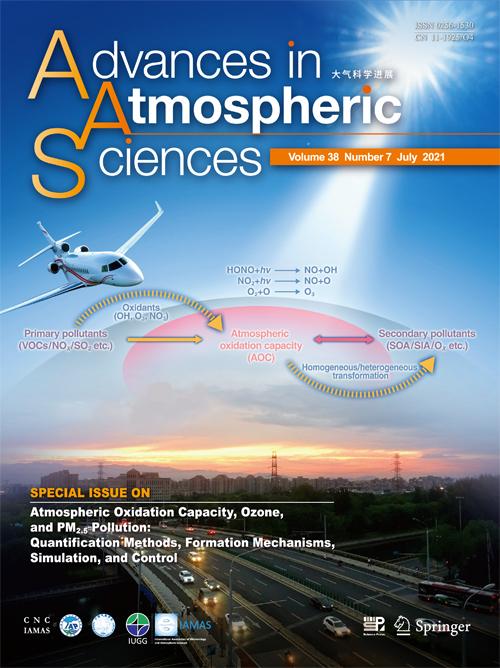Credit: Advances in Atmospheric Sciences
Earth’s atmosphere has a budget, and when expenses outpace savings, secondary aerosols form in areas of excessive pollution. Greenhouse gases enter the atmosphere, and free radicals bond to the molecules, rendering them inert. But when there are more pollution molecules than free radicals, they are left to recombine and form ozone and visible particulate matter — smog and haze.
The precise mechanisms underlying this atmospheric oxidation capacity are not well understood, leaving the process inadequately described or completely missed in research, according to Yuesi Wang, professor with the State Key Laboratory of Atmospheric Boundary Layer Physics and Chemistry (LAPC), Institute of Atmospheric Physics (IAP), Chinese Academy of Sciences (CAS). To address this challenge, Wang and co-author Zirui Liu, also with LAPC, penned the preface to a special issue of Advances in Atmospheric Sciences, titled, “Atmospheric Oxidation Capacity, Ozone, and PM2.5 Pollution: Quantification Methods, Formation Mechanisms, Stimulation, and Control.”
“This special issue focuses on the quantification and simulation of atmospheric oxidation capacity processes to better probe the role of missing mechanisms participating in the formation of secondary aerosols,” Wang said.
The special issue contains 14 recently published scientific papers investigating atmospheric oxidation capacity processes through various approaches. The papers include field observations of key oxidizing species in different environments, laboratory dynamics studies on ozone formation and more.
Wang co-authored three of the featured papers, including one quantifying the free radical budget and ozone production with numerical modeling. In this study, Wang and his co-authors found that the aerosol uptake of hydrogen superoxide, which consists of a hydrogen and two oxygen atoms, can help break down certain pollutants, essentially expanding the free radical budget by 11% and reducing the daytime ozone production by 14%.
“This suggests the synergetic mechanism of complex air pollution formation and is useful for the development of environmental measures,” Wang said, noting the work has resulted in a deeper understanding of atmospheric oxidation capacity mechanisms.
He and his team have developed indexes, or indicators, to characterize the atmospheric oxidation capacity in Beijing. Next, they plan to evaluate how the indexes might be applied in other highly polluted regions of China as they further study the relationship between the indexes and air quality.
It is one example of the type of research the special issue highlights and demands more of, according to Wang.
“More in-depth analyses and attributions are still needed for atmospheric oxidation capacity quantification and simulations to further understand the secondary formation processes and improve the underlying mechanisms,” Wang said.
###
Media Contact
Zheng Lin
@aasjournal
86-108-299-5053
Original Source
http://english.
Related Journal Article
http://dx.





